Please respect the outdoors by practicing Leave No Trace. Learn more about how to apply the principles of Leave No Trace on your next outdoor adventure here.
Mt. Adams/Indian Heaven Wilderness/Goat Rocks, Washington
Portland Metro Area, Oregon
Portland Metro Area, Washington


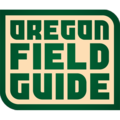
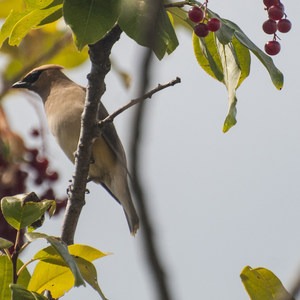
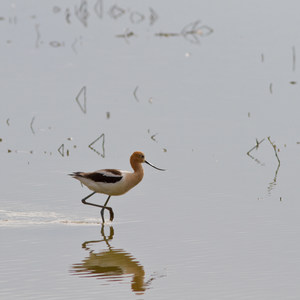
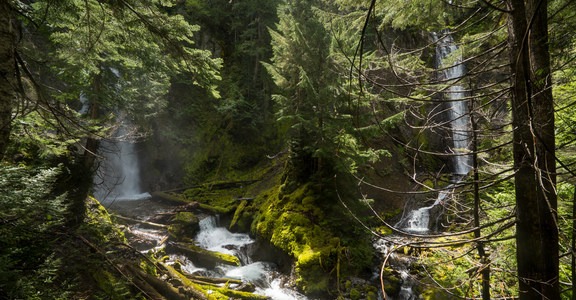
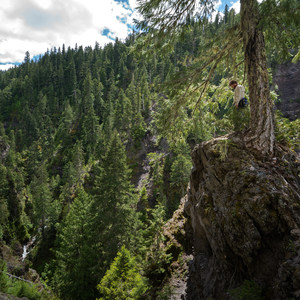
Comments
Sign In and share them.